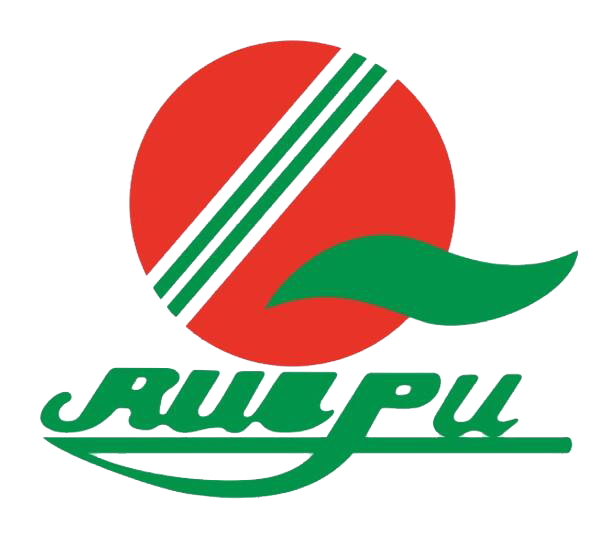
The Color of Ferric Phosphate: Understanding Its Significance in Chemistry and Applications
Ferric phosphate, a compound composed of iron and phosphate ions, is widely recognized for its various applications in industries such as agriculture, pharmaceuticals, and food production. One of the intriguing aspects of ferric phosphate is its color, which can vary depending on its form and composition. In this article, we will explore the color of ferric phosphate, its implications, and its significance in different fields.
What is Ferric Phosphate?
Ferric phosphate, or iron(III) phosphate, has the chemical formula FePO4. It exists in several forms, including anhydrous, monohydrate, and dodecahydrate. The most common forms are the anhydrous and monohydrate varieties, each exhibiting unique properties and colors. Understanding the color of ferric phosphate is crucial, as it can affect its usability in various applications.
The Color Spectrum of Ferric Phosphate
1. Anhydrous Ferric Phosphate
Anhydrous ferric phosphate typically appears as a yellow to brown powder. The color can be attributed to the oxidation state of iron in the compound. The presence of iron(III) ions contributes to its distinctive hue, which can range from light yellow to deep brown, depending on factors such as particle size and environmental conditions.
2. Ferric Phosphate Monohydrate
Ferric phosphate monohydrate (FePO4·H2O) is often seen as a more vibrant shade of yellow or light brown. The introduction of water molecules into the structure alters the electronic environment around the iron ions, leading to a lighter coloration compared to its anhydrous counterpart. This variant is commonly used in various applications due to its solubility and bioavailability.
3. Dodecahydrate Form
The dodecahydrate form of ferric phosphate (FePO4·12H2O) is typically a lighter and more translucent yellow-green color. The higher water content results in a significant change in the compound’s appearance, making it suitable for specific industrial uses, particularly in agriculture as a micronutrient.
Significance of Color in Applications
The color of ferric phosphate is not just a matter of aesthetics; it plays a critical role in its functionality across different industries:
1. Agriculture
In agriculture, ferric phosphate is often used as a fertilizer and soil amendment. The color can indicate the compound’s purity and concentration, which are essential factors for effective nutrient delivery. Farmers and agronomists often rely on the color to gauge the quality of the product before application.
2. Pharmaceuticals
In the pharmaceutical industry, the color of ferric phosphate can influence its use as an active ingredient in supplements. The yellowish hue is generally accepted as a marker of quality. Additionally, the color can help in identifying the compound during quality control processes.
3. Food Industry
Ferric phosphate is also utilized as a food additive, particularly as a source of iron in fortified foods. The color of ferric phosphate must comply with food safety regulations, and its appearance can affect consumer perception. A consistent, appealing color can enhance the marketability of iron-fortified products.
Conclusion
The color of ferric phosphate is an important characteristic that influences its applications in agriculture, pharmaceuticals, and the food industry. Whether in its anhydrous, monohydrate, or dodecahydrate form, understanding the variations in color can help professionals make informed decisions regarding its use. As industries continue to explore the potential of ferric phosphate, its color will remain a key factor in ensuring quality and efficacy.
By recognizing the significance of the color of ferric phosphate, businesses can better utilize this versatile compound to meet their needs and enhance product quality. Whether you are involved in agriculture, manufacturing, or health sciences, being aware of the implications of ferric phosphate’s color can provide valuable insights for optimal application.




